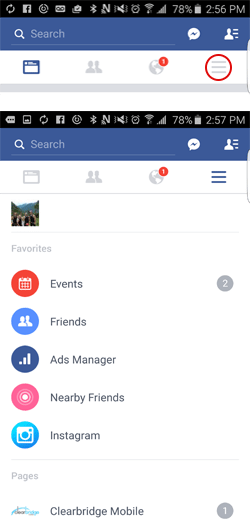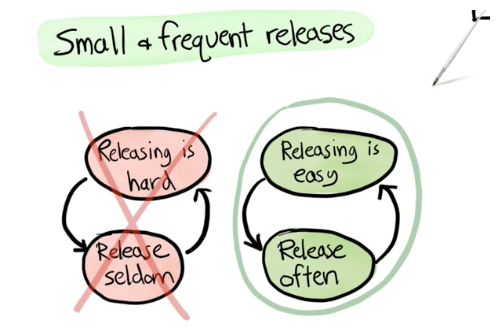A major challenge in product development is creating an app that is built with longevity in mind. With OS updates, changing market conditions, and continually increasing competition, many apps become irrelevant quickly – it’s a reality of the industry.
While there is no manual for future-proofing your mobile app, there are steps you can take – in strategy, product definition, design, and development – to ensure that your product is set up for long-term success.
The following principles of sustainable app development are what drive the longevity of products, even in a fluid and ever-changing market.
Start With Solving a Real Problem
This is product definition 101. You’re building a product that is based on addressing real needs of real people. This means that you need to understand who your users are and how your product will solve the problems that they face. Identifying this precedes app development and is the foundation that drives the direction of the product.
Additionally, you need to understand the market, the competition, gaps in solutions, and more. This will ensure that your product is viable and actually addresses a need in a way that other products – even similar ones – don’t.

Practice Scalable Design
Scalable design is excellent in theory, but very difficult in practice. It involves designing in a way that goes beyond what you are putting out initially and considers the product roadmap. Scalable design requires striking a balance that allows flexibility for future product iterations and features, but doesn’t leave earlier versions appearing as if there are gaps.
Navigation menus are a common feature that benefit from scalable design. If an MVP will have only a few features, but there are more planned for future releases, tab navigation will likely not be the best approach and will create issues as new features are rolled out. Facebook, for example, uses tab navigation for core features and a side menu for the rest, allowing them to add on to their menu without large scale re-designs.

Gather & Analyze User Feedback
Often, teams will go to market with a minimum viable product. This allows you to launch a product that is functional enough to satisfy a clear need, prove or disprove your assumptions, and improve your product in future releases.
One major advantage of an MVP is that you are able to gather and analyze user feedback and usage data to drive the evolution of the product. What do your users like? What do they dislike? Are there multiple requests for additional features or functionality?
Having community managers that monitor and respond to user feedback is important to show that you are engaged and your users are at the centre of your product. It also helps you understand what users will be interested in for future versions, allowing you to ensure your product stays relevant to the needs and desires of your target market.
Release & Update Often
One of simplest ways to ensure your app remains relevant is to update and release frequently. After the initial launch of the MVP, you can use the data and user feedback compiled to add features and functions. Roadmaps change as you gain more knowledge and test assumptions; releasing frequently allows you to remain adaptable to changing requirements and evolving user needs.
With every release, you need to ensure you add value. This could be through new features and functionality, or adding components that enhance the experience. This method of “fail-fast design” (release quickly, test, iterate) is what many of the best teams in product use, including Spotify and Facebook. It allows you to try something quickly, test its performance, and take what you’ve learned and apply it to future releases.

Via Spotify
While there are external factors affecting the longevity of an application, there are best practices for ensuring your app has the greatest chance of remaining relevant to your user base for the long-term. Strong product definition that addresses a real need for your users, scalable design, feedback and data analysis, and frequent updates and releases are all methods that will help achieve sustainable success.






